Search behaviour is undergoing a seismic shift, and the implications for brands are profound. Artificial intelligence tools like ChatGPT and Bard are no longer just novelties—they are becoming the go-to for millions seeking instant, conversational answers. Simultaneously, platforms like TikTok and Instagram have emerged as primary search engines for younger generations, with nearly 40% of Gen Z preferring TikTok over Google when searching for everything from local restaurants to financial advice, according to a survey by eMarketer.
This transformation is forcing brands to rethink their strategies. The once-reliable pillars of SEO and search engine marketing (SEM) are being upended by AI-driven search models and algorithm-powered social media platforms that prioritise video content. In this new ecosystem, traditional keyword optimisation may lose relevance as conversational AI tools favour well-structured, contextual content. Similarly, social media search trends signal a growing demand for visual-first strategies, where brands that fail to adapt risk losing visibility.
The consequences extend beyond digital marketing tactics. AI-driven local searches and social platforms’ discovery algorithms increasingly favour large companies with the resources to invest in cutting-edge content strategies and ad placements. Smaller businesses, already stretched thin, may struggle to compete in a landscape that rewards scale and technical sophistication.
As search engines cede ground to AI and social media, marketers are left grappling with a key question: Will this democratise access to information or entrench the dominance of tech giants and large brands? What is clear is that the evolution of search will define how consumers discover and engage with businesses in the years to come, and the strategies marketers deploy today will determine who thrives in this new digital reality.
The Rise of AI in Search
AI-powered tools like ChatGPT, Bard, and Bing AI are redefining how consumers approach online searches, moving away from the traditional keyword-based structure of platforms like Google. Instead of entering a few words and scanning links for relevance, users are turning to AI for detailed, conversational responses. This shift reflects a growing preference for precision and speed—factors that are reshaping digital marketing at its core.
According to a report by Gartner, conversational AI platforms are expected to influence 50% of all search interactions by 2026. These tools not only provide more direct answers but also offer personalised and context-aware suggestions based on user intent. For example, a search for “best eco-friendly cars under $30,000” on ChatGPT might generate a list of options with detailed comparisons, saving users the time required to comb through multiple websites.
This evolution poses significant challenges for traditional SEO strategies. The long-standing reliance on keywords and backlinks is giving way to content strategies designed to answer complex, multi-layered queries. Marketers are now prioritising structured data, FAQ formats, and in-depth, evergreen content that conversational AI models can extract and summarise.
“Optimising for AI search engines means creating content that anticipates user intent and provides answers, not just traffic bait,” explains Lisa Myers, CEO of Verve Search.
Big companies are likely to gain an advantage in this transition. With larger budgets and teams, they can rapidly adapt to the demands of AI-optimised content. Enterprises like Amazon and Walmart have already begun leveraging schema markup and structured product data to align with AI search capabilities, ensuring their products remain visible across platforms. Meanwhile, smaller businesses may lack the resources or technical know-how to implement these changes effectively, leaving them at risk of reduced visibility.
One notable trend is the rising importance of domain authority and expertise. Conversational AI tools tend to favour content from trusted and credible sources, further entrenching the dominance of established brands. A recent analysis by SEMrush found that websites with robust, expert-driven content see higher inclusion rates in AI-generated results compared to those that rely on generic blog posts.
This transformation is a double-edged sword. While AI’s conversational approach enhances user experience, it may also widen the gap between market leaders and smaller players. For marketers, the stakes have never been higher. Adapting to the nuances of AI search requires not just content realignment but a fundamental shift in how brands think about discoverability in a digital age increasingly dominated by machine learning.
Social Media as Search Engines
For younger generations, TikTok and Instagram are no longer just platforms for entertainment—they are primary tools for finding information. A recent survey by Insider Intelligence revealed that 40% of Gen Z prefer TikTok over Google for searches related to restaurants, shopping, and lifestyle recommendations. Similarly, Instagram, with its vast array of reels and tagged posts, has become a hub for discovering trends, products, and local businesses. This shift marks a dramatic rethinking of how consumers seek and consume information.
The rise of video-first, algorithm-driven content is central to this trend. Social media platforms deliver search results tailored to user behaviour, relying on sophisticated algorithms to prioritise content that aligns with individual interests. A search for “easy vegan recipes” on TikTok, for example, not only provides video tutorials but also user-generated reviews, tips, and hacks—all presented in under a minute. This bite-sized approach appeals to a generation accustomed to consuming information quickly and visually.
The implications are profound for media outlets and traditional information sources. Platforms like TikTok and Instagram are not merely complementing Google—they are competing for attention. News publishers and content creators are increasingly forced to tailor their stories into short, visually engaging formats to remain relevant. A study by Pew Research Center found that nearly 30% of U.S. adults now regularly get their news from Instagram, underscoring the platform’s growing influence as a source of information.
The impact on SEM and SEO strategies is equally transformative. Traditional keyword-based optimisation is losing ground to visual search optimisation. For marketers, this means a renewed focus on creating high-quality, engaging video content that aligns with social media algorithms. Videos with compelling hooks, captions, and tags are crucial for discoverability. Additionally, influencers and user-generated content play a vital role, with algorithmic preferences often favouring authentic, relatable material over professionally produced ads.
Brands that successfully adapt to these trends are seeing tangible benefits. Chipotle, for example, used TikTok to promote its menu with viral challenges and behind-the-scenes videos, generating millions of views and increased foot traffic. Smaller businesses, too, can gain visibility by leveraging platform-specific trends and hashtags, though the competitive landscape can be challenging.
For marketers, the rise of social media as a search engine offers opportunities and risks. On one hand, platforms like TikTok and Instagram provide direct access to highly engaged, niche audiences. On the other, they demand a more dynamic, resource-intensive content strategy to stay visible. As social media continues to redefine the search landscape, brands must adapt quickly or risk being eclipsed in the fast-moving world of algorithm-driven discovery.
The Impact on Local Searches
The integration of AI and social media into search is redefining how consumers discover local businesses. AI-powered tools like ChatGPT and Google Bard are capable of hyper-personalised recommendations, providing users with tailored suggestions for dining, shopping, and services based on their location, preferences, and prior behaviour. Meanwhile, TikTok and Instagram are emerging as powerful tools for local discovery, with users increasingly turning to these platforms for everything from restaurant reviews to hidden gems in their neighbourhoods.
This shift is driven by the immediacy and relatability these platforms offer. A quick search for “best coffee shops near me” on TikTok might yield dozens of short videos showcasing not just the menu but the ambience, customer experiences, and even real-time pricing. Similarly, Instagram’s geotagged posts and story highlights make it easy for users to explore local businesses through authentic, visually engaging content. According to a recent survey by BrightLocal, 34% of consumers now rely on social media for local business recommendations, a number that continues to climb.
For small businesses, this evolution presents both opportunities and challenges. On one hand, platforms like TikTok and Instagram offer a level playing field where smaller brands can compete with larger corporations by leveraging creativity and authenticity. A small bakery, for example, can attract attention through visually appealing reels that highlight its products and customer stories. On the other hand, the dominance of AI-driven recommendations often favours larger companies with established digital footprints and resources to invest in advanced SEO and content strategies.
Hyper-personalisation also comes with higher expectations for relevancy and responsiveness. AI tools prioritise businesses with detailed, accurate information online—such as updated hours, menus, and customer reviews. Companies that fail to maintain a robust digital presence risk being excluded from AI-curated results. In this environment, small businesses must prioritise local SEO, user-generated content, and active engagement on social platforms to remain competitive.
For large corporations, the integration of AI and social media into local search further solidifies their dominance. Chains with resources to optimize AI and social media strategies at scale can flood platforms with location-specific ads, promotions, and content, making it harder for smaller competitors to gain visibility. As consumers increasingly rely on personalised and social-driven local searches, the battle for relevance will hinge on agility, creativity, and a deep understanding of these evolving ecosystems.
Winners and Losers in the New Search Landscape
In the new world of AI-driven and social media-influenced search, big companies hold a clear advantage. Their extensive resources allow them to adopt cutting-edge AI tools, optimise social media strategies, and scale content creation with relative ease. Companies like McDonald’s, for instance, have leveraged AI to refine their customer targeting, using tools that analyze vast amounts of data to craft personalised ad campaigns across platforms. Similarly, brands like Nike dominate social media algorithms by producing high-quality, frequent, and visually compelling content bolstered by influencer partnerships and larger ad budgets.
These capabilities position large corporations to consistently appear at the top of AI-curated search results and dominate the social discovery algorithms that younger generations increasingly rely on. Their ability to invest in emerging technologies, such as machine learning for predictive analytics and video-first campaigns tailored to TikTok and Instagram, ensures they remain visible and relevant in the crowded digital marketplace.
Small businesses, however, face significant hurdles. Limited budgets and leaner teams make it challenging to invest in the tools and expertise necessary to compete with industry giants. According to a 2023 report by the Small Business Administration, 78% of small businesses cited the cost of technology as a primary barrier to digital transformation. For many, the financial burden of producing high-quality video content, optimising for AI search, or running paid campaigns on platforms like TikTok and Instagram is simply out of reach.
Despite these challenges, small businesses can carve out a competitive edge by focusing on authenticity, niche markets, and community engagement. Local boutiques, for example, can use social media to highlight their unique offerings, share customer stories, and foster genuine interactions with their audience. By prioritising user-generated content and tapping into local influencers, they can amplify their reach without the need for massive ad budgets. Additionally, emphasising their role within the community—through events, partnerships, or localised content—can help small businesses stand out in AI-curated searches and resonate with socially conscious consumers.
In this new search landscape, the ability to adapt is paramount. While big companies may dominate through scale, small businesses have the opportunity to thrive by doubling down on what makes them unique. As technology continues to reshape the digital ecosystem, success will belong to those who can navigate its complexities with creativity and agility.
The Future of Search and Discovery
As AI and social media redefine how information is found and consumed, traditional search engines face a critical crossroads. Google’s dominance is already being challenged by platforms like TikTok, which offer visually rich, user-generated content and algorithmic precision. If current trends persist, traditional search engines may need to pivot significantly to retain relevance, likely integrating more conversational AI and multimedia features to meet evolving user expectations.
Social media’s role as a search tool is set to deepen. Platforms like Instagram and TikTok are likely to refine their search capabilities further, incorporating more advanced filters, localised suggestions, and AI-driven insights to enhance the user experience. The growing popularity of shoppable content on these platforms also hints at a future where search, discovery, and purchasing are seamlessly intertwined.
AI innovations will further transform search by prioritising personalisation and intent. Emerging algorithms are expected to leverage contextual clues—such as location, past behaviour, and even sentiment analysis—to deliver hyper-relevant results. For marketers, this means the era of generalised content is ending. Instead, success will demand nuanced, targeted strategies that align with the unique needs and preferences of individual users.
Future-proofing strategies require a multi-pronged approach. Marketers must diversify their efforts across traditional search engines and social platforms, ensuring visibility in both ecosystems. Investment in dynamic content—particularly video and conversational formats—is critical, as is a commitment to data-driven insights. Finally, brands must remain agile, adapting quickly to technological and behavioural changes in a world where the search landscape evolves at an unprecedented pace.
Navigating the New Search Reality
The shift in search behaviour, driven by AI and social media, marks one of the most significant changes in digital marketing in decades. Traditional search engines are no longer the sole gateway to information, as platforms like TikTok and Instagram reshape how users discover, engage with, and act on content. These changes are creating new opportunities but also stark challenges for marketers and brands.
Staying ahead requires agility and a deep understanding of emerging trends. Success lies in embracing new technologies, tailoring content for AI-driven platforms, and creating visually engaging, authentic experiences for social media users. The future of search is being written now, and the brands that innovate today will define tomorrow’s digital landscape.
Get regular insights
Keep up to date with the latest insights from our research as well as all our company news in our free monthly newsletter.






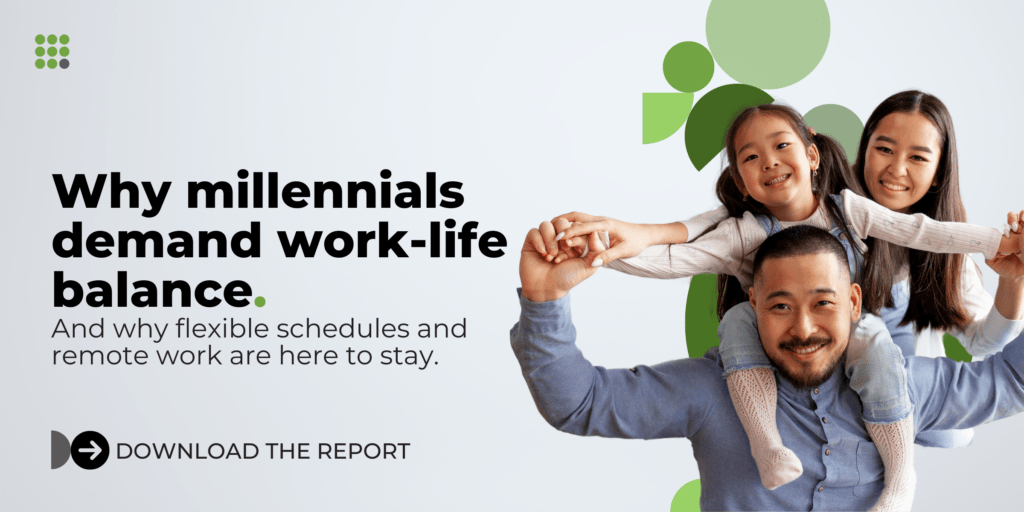



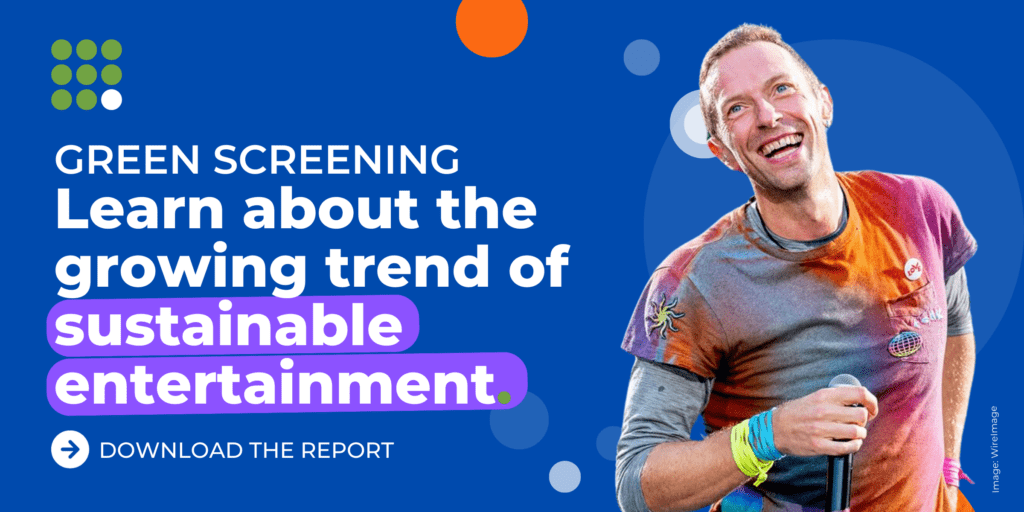


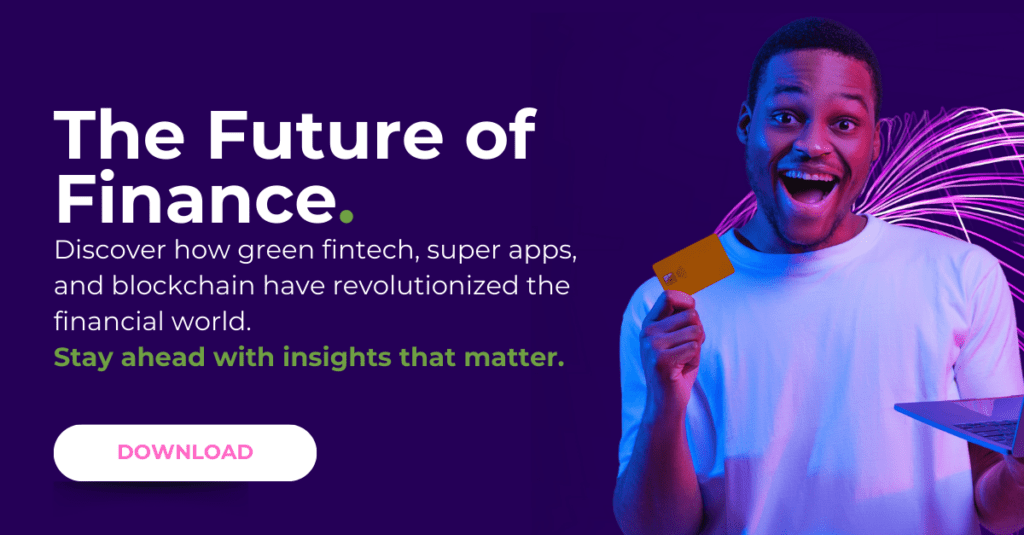


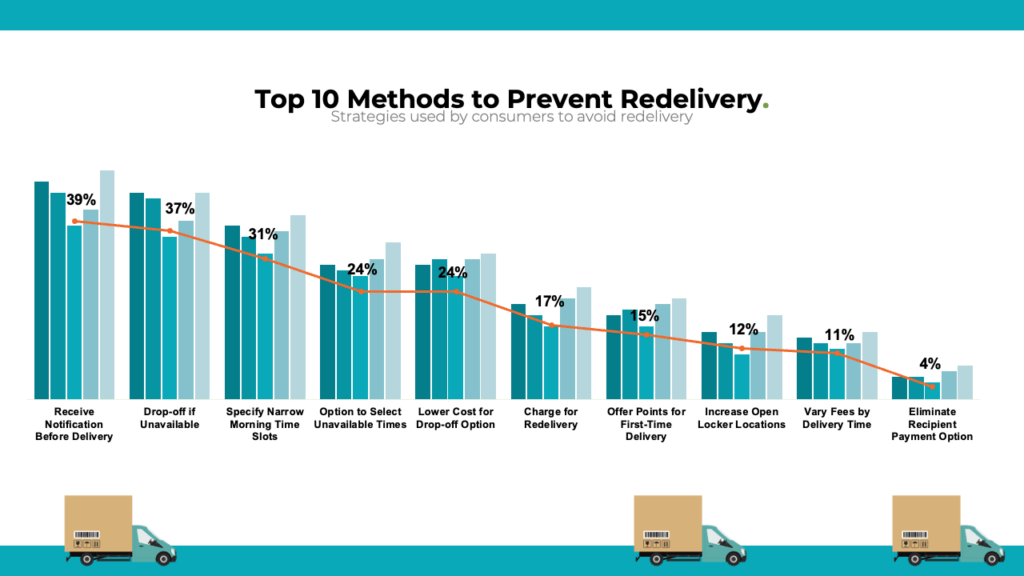





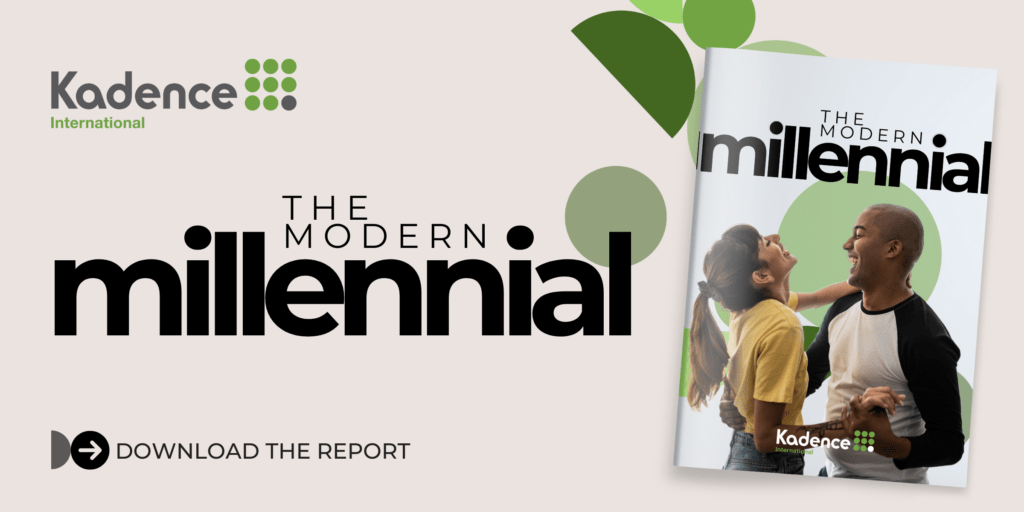
 Senior Marketing Executive
Senior Marketing Executive Sales & Marketing
Sales & Marketing General Manager PR -Internal Communications & Government Affairs
General Manager PR -Internal Communications & Government Affairs Vital Strategies
Vital Strategies
 Customer Intelligence Director
Customer Intelligence Director